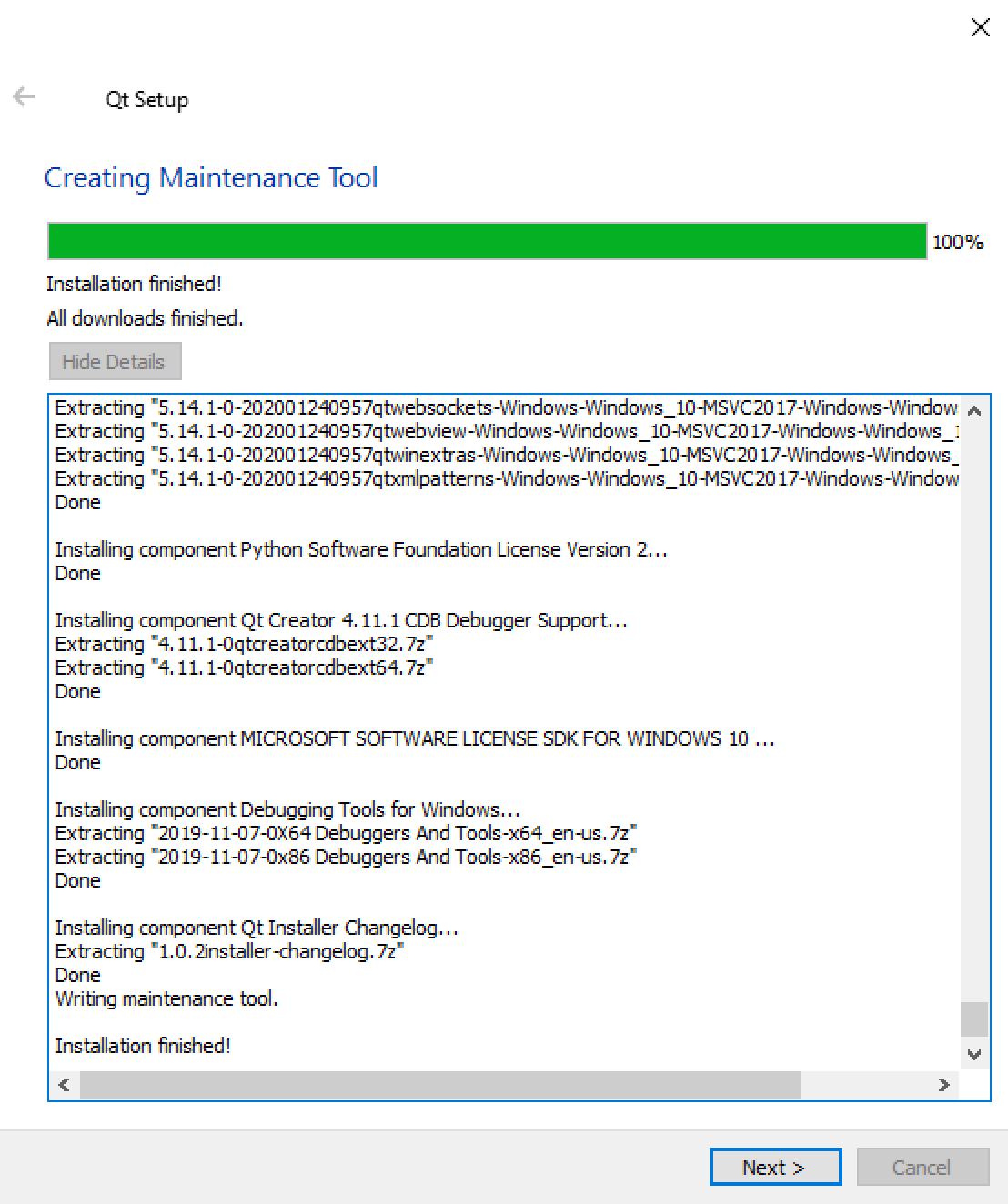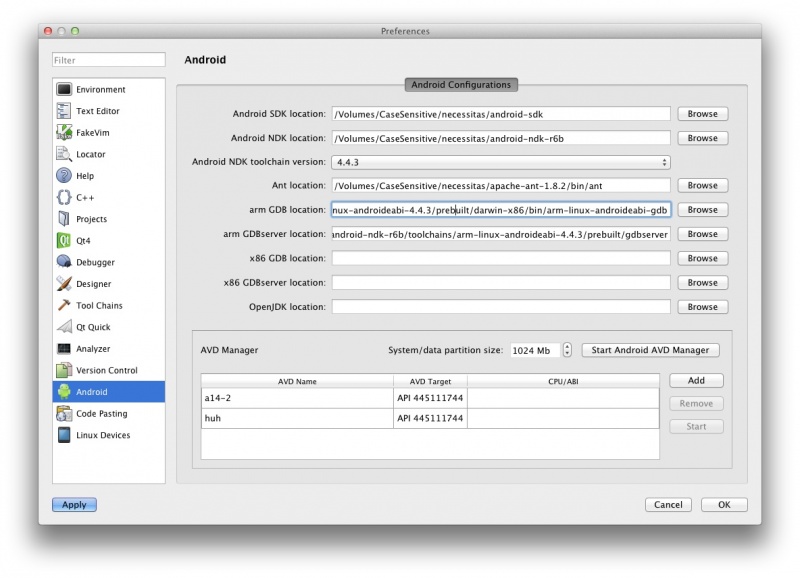- Java Sdk Mac
- Qt Sdk Linux
- Qt Offline Installer
- Qt Offline Sdk For Mac Download
- Esri Qt Sdk
- Install Java Sdk Mac

Installing Qt
You can install the Qt Framework and tools by using an online or offline installer, or by building the source packages yourself.
First you should select Tools Options Android to add paths to the Android NDK and SDK. Also select the Automatically create kits for Android tool chains option. For configuring deployment settings you should go to Projects Build Android APK Details Since Qt 5.4 along with QtCreator 3.3.0. To create an APK package, select the Bundle Qt libraries in APK option. The Cross-Platform Qt SDK is composed of: Qt Creator, used to create applications with lines of codes. Used to consult the Qt documentation offline. Limited Functionality. After you've downloaded CrossOver check out our YouTube tutorial video to the left, or visit the CrossOver Mac walkthrough for specific steps. This guide describes how to build ArcGIS Runtime SDK for Qt apps that incorporate capabilities such as mapping, analysis, routing, and custom capabilities for use with the ArcGIS Platform. A great place to start developing once you've installed the SDK on Windows, Mac, or Linux is to add a map to your app or browse the samples. For what's new this release, see Release notes. I don't have your problem with Terminal.app either building applications in debug or release mode using a custom-built Qt 4.7.4 with Qt Creator 2.3.0 (on Mac OS X 10.7.1). The content in your first window is correct, obviously. Get the full Qt experience with a licensing plan designed to support your business goals plus access to the official Qt Support Helpdesk and a close strategic relationship with The Qt Company. Buy Qt Now Contact us. New to Qt and want to try before you buy? Download a free trial of the Qt framework, tools for desktop and embedded.
The installers allow you to download and install the following components:
- Qt libraries, prebuilt for a particular development platform (operating system and compiler)
- Qt Creator integrated development environment (IDE)
- Reference Documentation and examples
- Qt in source code form (needed only if you want to build the framework and tools yourself)
- Add-On components that are relevant for different platforms
Online Installation
In the online installer, you can select commercial or open source versions of Qt, tools, and Add-On components to install. Using the online installer requires signing in to your Qt Account. The installer retrieves the license attached to the account from a server and provides a list of available components corresponding to the license.
Java Sdk Mac
The online installer is available from the Qt Downloads page.
Qt Sdk Linux
Offline Installation

An offline installer is a single package that contains all of Qt and Add-Ons relevant for a target platform. Users with a commercial license can either sign in with their Qt account or with their Qt license key during the installation process. The license key is available in the Qt Account Web portal.
The offline installer is available here.
Installation Process
To run the installer, you need a Qt Account. Codec player for mac. You can use your Qt Account credentials to sign-in to all Qt services, including the forums and wiki. If you do not already have a Qt Account, you can create one during the installation process.
To complete the installation, select the components that you want to install and follow the instructions of the installation program.
The following YouTube video gives a complete walk-through of the installation process:

Updating or Removing Qt
Once Qt is installed, you can use the Maintenance Tool under <install_dir> to add components and to update or remove installed components.
Platform Requirements
Specific requirements and instructions for developing applications on different platforms are covered in the platform pages.
For more information, visit the supported platforms page.
Qt Offline Installer
Create Your First Applications
Learn the basics of Qt and Qt Quick development by following the two tutorials below that illustrate how to create simple applications and build and run them on target platforms:
Qt Offline Sdk For Mac Download
Qt Widgets provides a library of UI elements which allow you to create classic desktop-style user interfaces. Qt Quick is a library providing types and functionalities for building modern, fluid, animated UIs.
Esri Qt Sdk
For a more thorough walkthrough of the different aspects of developing applications with Qt 5, see the QML Book. It focuses on Qt Quick, but also provides the information needed to use QML together with C++.
Explore Qt
We invite you to explore the rest of Qt. We prepared overviews which help you decide which APIs to use and our examples demonstrate how to use them.
To view a list of all Qt examples, visit the List of Qt Examples page.
Setting Up Projects
Developing with Qt Creator
Install Java Sdk Mac
Reference Documentation

- Qt Overviews - list of topics about application development
- Examples and Tutorials - code samples and tutorials
- Qt Reference Pages - a listing of C++ and QML APIs
Qt Project Community
Qt's vibrant and active community site, http://qt.io houses a wiki, a forum, and additional learning guides and presentations.
© 2020 The Qt Company Ltd. Documentation contributions included herein are the copyrights of their respective owners. The documentation provided herein is licensed under the terms of the GNU Free Documentation License version 1.3 as published by the Free Software Foundation. Qt and respective logos are trademarks of The Qt Company Ltd. in Finland and/or other countries worldwide. All other trademarks are property of their respective owners.

